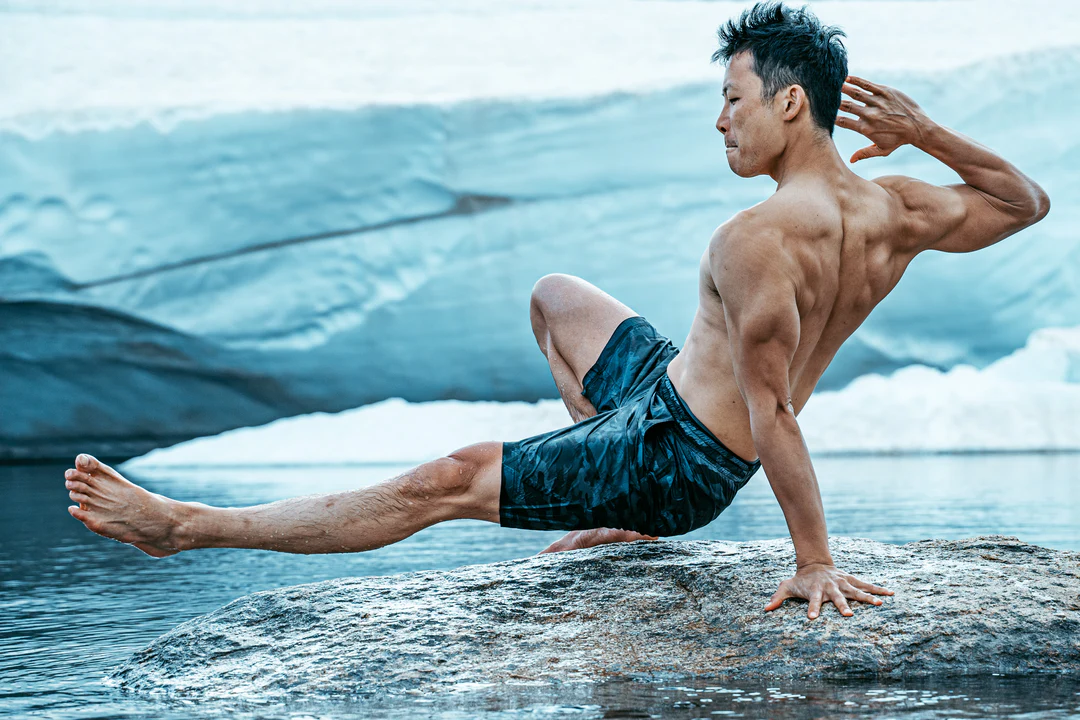【Best Barefoot Shoes in Hong Kong】A Comprehensive Guide for Choosing the Best Barefoot Shoes

Barefoot shoes have taken the sports and health world by storm in recent years, captivating the attention of runners, fitness enthusiasts, and athletes alike. These shoes offer a range of benefits, including enhanced flexibility, increased body awareness, and improved performance. Health and lifestyle experts are also jumping on the barefoot bandwagon, recognizing their ability to promote proper foot muscle exercise, improve walking posture, reduce injury risks, and alleviate foot and lower limb issues. So, let's dive into the world of barefoot shoes and uncover the secrets to their growing popularity!

What are barefoot shoes?
Barefoot shoes have several distinctive features that set them apart from traditional shoes. These features are designed to mimic the experience of walking or running barefoot while still providing some degree of protection and support for the feet.
Find the best running shoes in Barefoot Asia right now
Some of the key features of the best barefoot shoes include:

1. Thin and flexible soles:
A good barefoot shoes typically have very thin (usually between 4mm-8mm) and flexible soles, which allow the wearer to feel the ground beneath their feet and provide a greater degree of natural movement and sensory feedback when walking or running.

2. Wide toe boxes:
Most barefoot shoes have a wider toe boxes than traditional shoes, which allows the toes to splay out naturally and provides more room for the feet foot to move and flex.

3. Minimalist design:
Barefoot shoes are often designed in a minimalist aesthetic style, with fewer materials and less padding than traditional shoes. This allows for a more natural foot strike and encourages the development of stronger foot and leg muscles.

4. Zero-drop sole:
Some barefoot shoes have a zero-drop sole, which means that there is no difference in height between the heel and the forefoot. This encourages a more natural gait and helps to reduce the risk of injury.
How to choose the right fit for barefoot shoes?
Choosing a right pair of barefoot shoes helps you to see all the goods in it. Here are some factors to consider when selecting barefoot shoes:
1. Purpose:
Determine the purpose of the shoes. Is it for running, hiking, or daily walking? Different models of barefoot shoes are designed for various activities, so choose a pair that suits your needs.

Hiking shoes:
A pair of good hiking shoes should have a flexible sole with a strong grip, as well as a mild water resistance. Shop hiking barefoot shoes right now!
Running shoes:
Best running shoes are made of materials and with a thin sole of around 4 mm to enhance your landing posture while you run. Explore the best running shoes right now!
Gym and CrossFit:
Bodybuilders should go for shoes with a curved pattern on the sole to enhance grip for lateral movement. Explore more outstanding training barefoot shoes!
Water sports:
Shoes with lightweight and mold-resistant materials, as well as a flexible sole, are good fit for aquaphilic person. Experience better water activities with high-qualit water sports barefoot shoes.

2. Fit:
A right fit shoe is crucial for comfort experience and exercise performance. The best barefoot shoes should fit snugly but not be too tight or too loose. Make sure to try them on with socks, as this can affect the fit. It is advised to Ideally try your barefoot shoes in the afternoon as your feet are in the actual size after the natural expand and swell.
3. Sole thickness:
The sole thickness of barefoot shoes ranges from 4mm-8mm. Thinner soles provide better ground feel and flexibility, while thicker soles offer more durable protection. Choose a sole thickness that meets your needs.
4. Toe box:
A wide toe box is essential for natural foot movement. Make sure the shoes have enough room for your toes to splay out and move freely.
5. Flexibility:
Good barefoot shoes should be flexible enough to allow natural foot movement. Check the flexibility of the sole and upper before purchasing.
6. Zero-drop design:
A zero-drop design means that the heel and forefoot are at the same level which encourages a more natural gait. Consider choosing shoes with this feature.
7. Brand reputation:
Look for a reputable brand with a good track record of producing quality barefoot shoes.
Last but not least …
If you're considering barefoot shoes, make sure to evaluate your needs and consult with a professional if necessary. Choose a pair that fits comfortably, has a flexible sole, and a wide toe box to allow for natural foot movement. Let your feet lead the way to a healthier and more active lifestyle with a pair of good barefoot shoes!
By reading this article, you've expanded your understanding of barefoot shoes and gained valuable insights into selecting the perfect pair. If you're eager to delve deeper into barefoot shoes, just check out the Barefoot Asia website. What’s more, stay up-to-date with the latest information by subscribing to our Facebook. Your journey to comfortable footwear choices continues with us!






